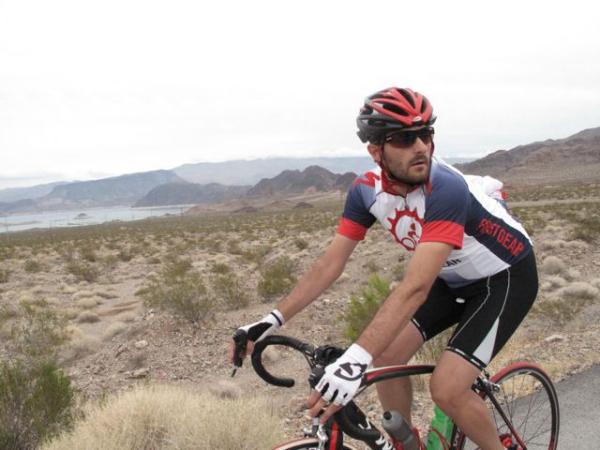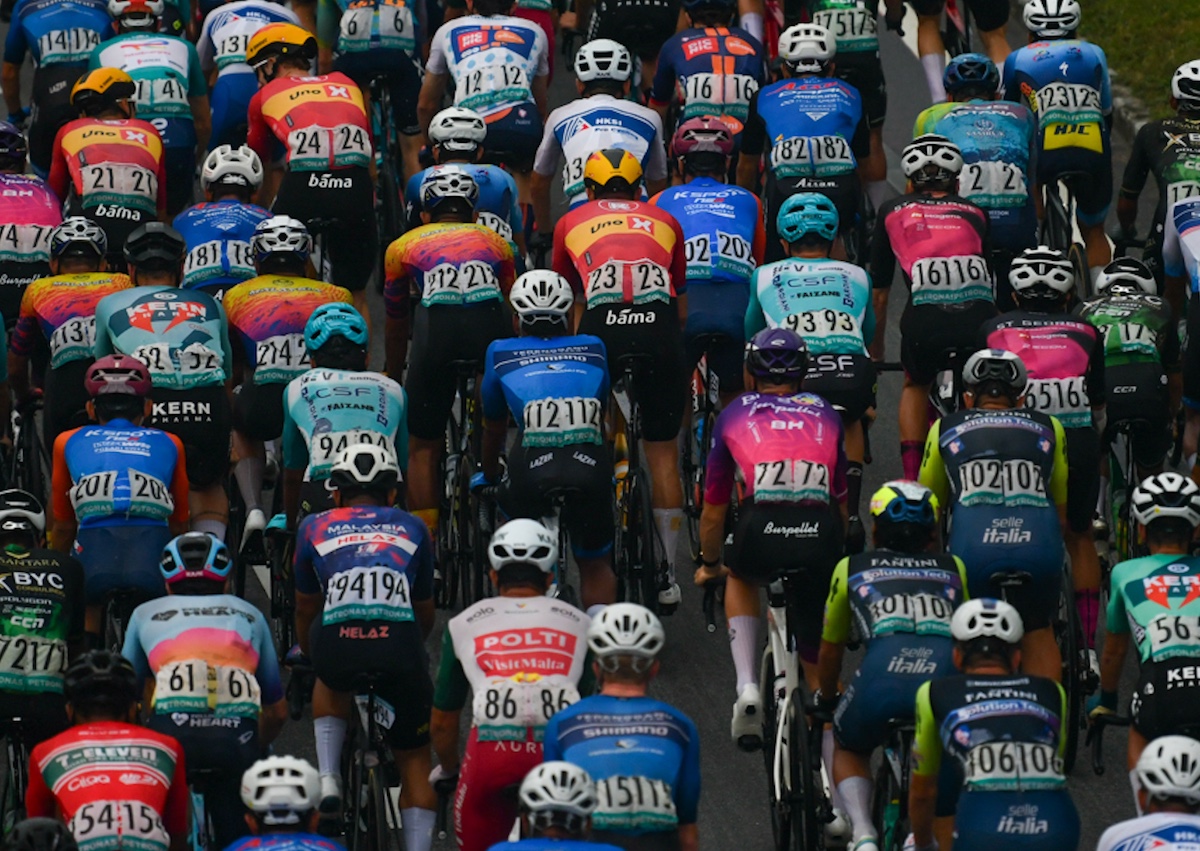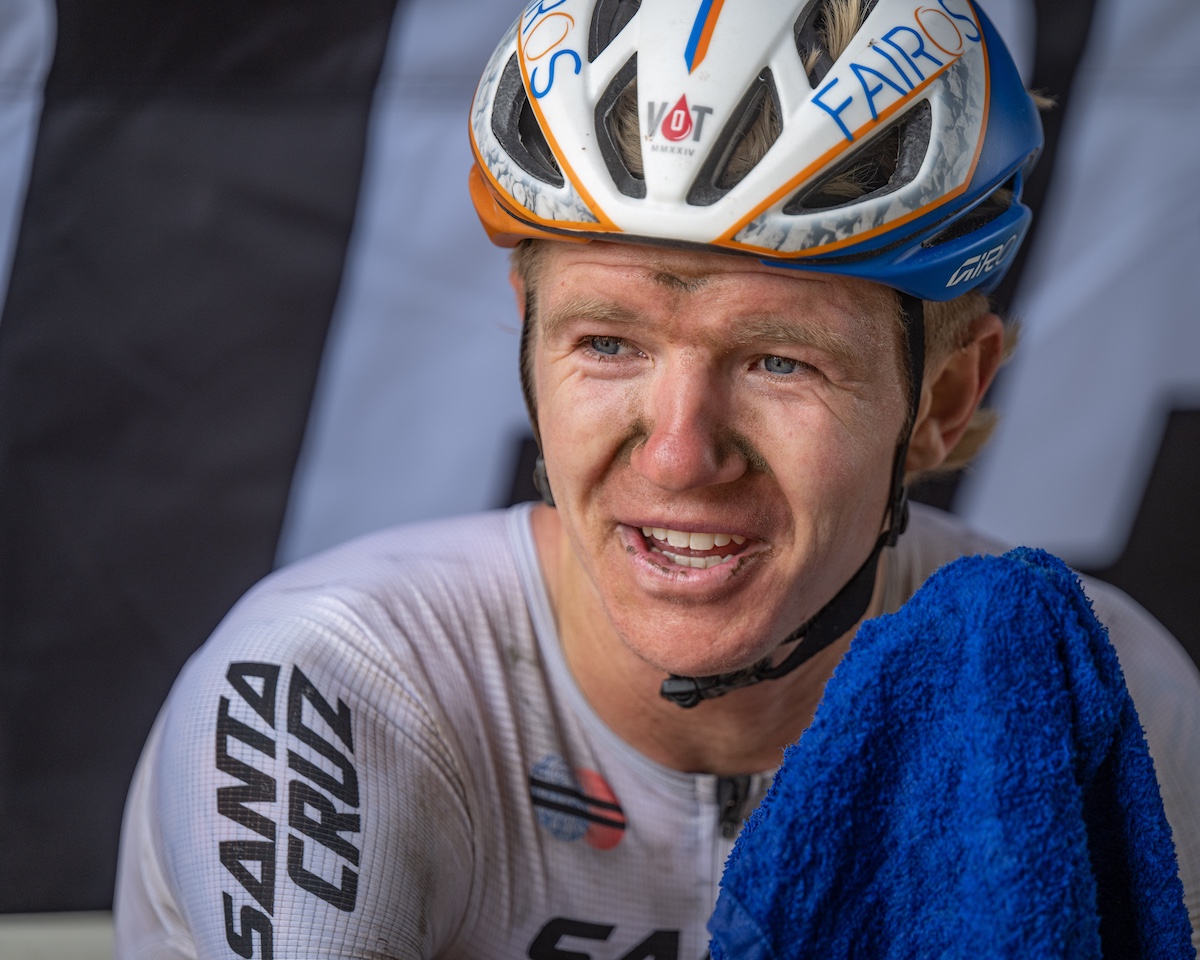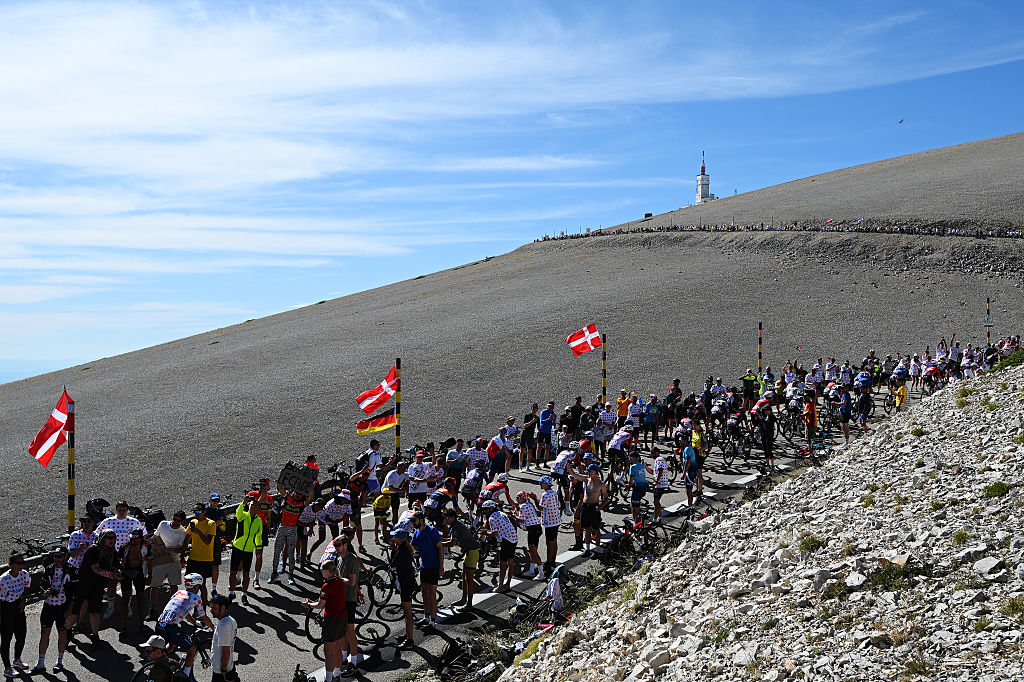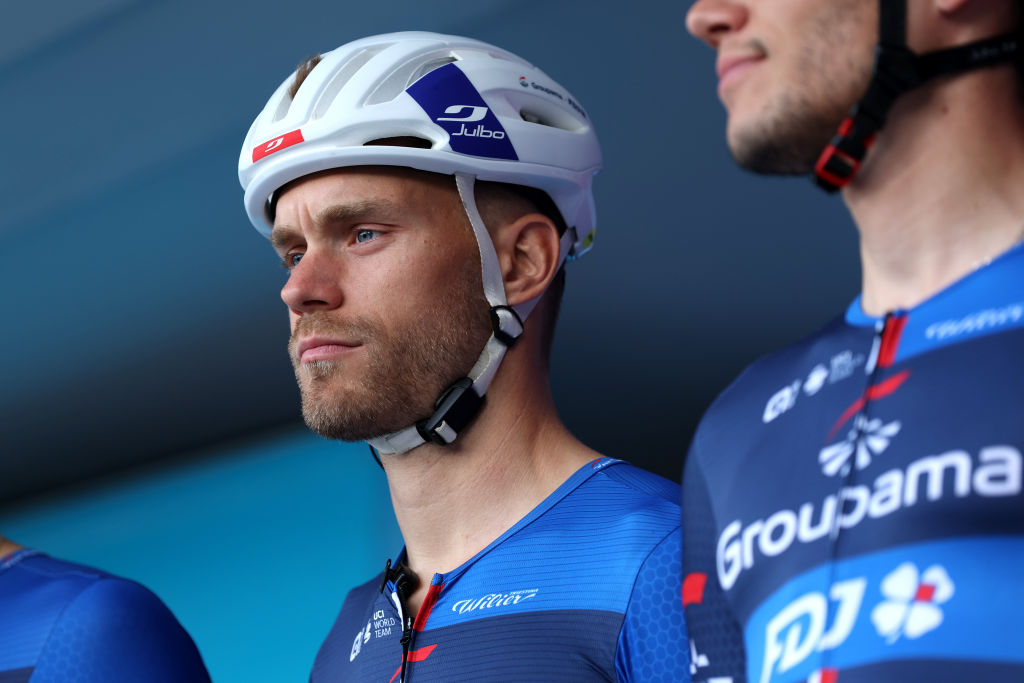Tour of Flanders race preview
Cancellara, Sagan and Boonen headline
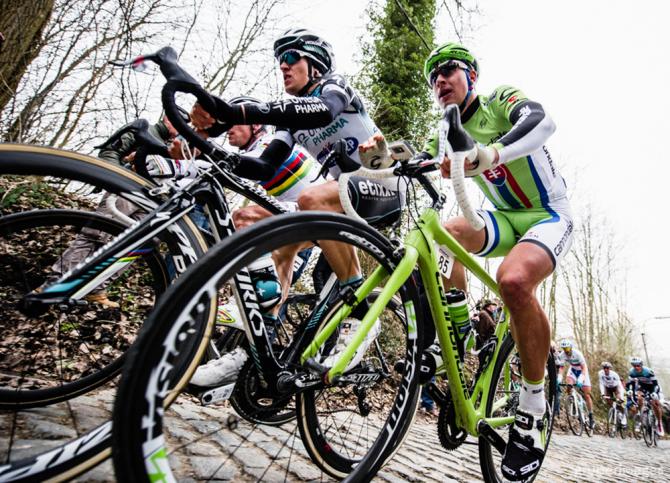
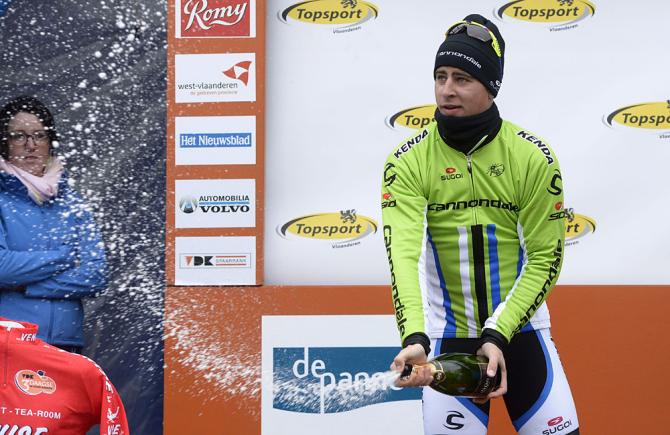



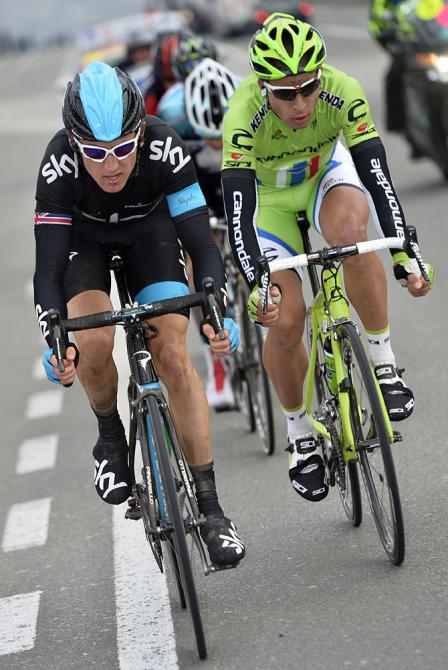

A year after controversial course changes overshadowed the build-up to the 2012 Tour of Flanders, a virtually replica race profile has been kept for this year’s edition, but while the Muur and the Bosberg remain on the side lines, the lap system that remains in place still has plenty to offer.
Last year Tom Boonen, Alessandro Ballan and Filippo Pozzato broke free with 18 kilometres to go and stayed clear until the finish where the Belgian’s turn of speed was enough to seal his third Ronde title and continue his dominance of the Classics.
A year has passed and a lot has changed. Perhaps most importantly teams and riders know a more about the course, tactics will change and the softly, softly approach that was taken on the opening lap of the final circuit may be modified. To draw a comparison, Le Manie was added to the Milan-San Remo course in 2008 but it took a couple of attempts for the peloton to realise that he climb could be used to distance the pure sprinters.
The Contenders
Last year’s winner Tom Boonen is certainly not the force he was 12 months ago and with Ballan still recovering from a serious injury and Pozzato out of sorts, it’s highly likely that we’ll see a completely different podium in Oudenaarde come Sunday.
Peter Sagan (Cannondale) and Fabian Cancellara (RadioShack Leopard) are the two red-hot favourites, with Cancellara producing an unstoppable ride in E3 Harelbeke and Sagan volleying back with consummate performances in Gent-Wevelgem and the Three Days of De Panne.
In head-to-heads in Monuments, Cancellara holds a clear advantage in terms of both success and experience but Milan-San Remo showed that the pair are both relatively even after 250 plus kilometres racining.
The latest race content, interviews, features, reviews and expert buying guides, direct to your inbox!
But while two riders lead the charge with the bookmakers, there’s far more depth to this year’s Classics pool, and there’s certainly a case to speculate that Cancellara and Sagan may simply cancel each other out.
In 2009 Boonen and Pozzato were head and shoulders ahead of the opposition but it was Stijn Devolder who capitalised, while not even Nick Nuyens would suggest he was the strongest rider in 2011.
A scenario in which Boonen attacks could conceivably see Cancellara and Sagan watch each other and although the Belgium is short of form, even a 90 per cent version has a chance. Omega Pharma’s Sylvain Chavanel and Niki Terpstra can’t be counted out either. The Frenchman is flying once again and may well be Lefevere’s saviour this spring. However, the Omega manager will spend the next 48 hours at the team’s base in Kortrijk sweating over the health of his star man Boonen.
BMC are without an underwhelming Philippe Gilbert and the team continues to stress that Thor Hushovd is worthy of team leadership. But with Ballan and Taylor Phinney also out Greg Van Avermaet may never have a better opportunity to finally win a Monument.
Sky’s altitude training hasn’t reaped the rewards they expected but Geraint Thomas is due a big win.
The same can’t be said for Pozzato, who still flatters to deceive in the grandest of races. The Lampre man has been struggling in recent weeks and looked well short of power in Gent-Wevelgem.
Sebastian Langeveld (Orica-GreenEdge), Borut Bozic (Astan), Sep Vanmarcke (Blanco), Yoann Offredo (FDJ), Luca Paolini (Katusha), Jurgen Roelandts (Lotto Belisol), Björn Leukemans (Vacansoleil-DCM), Heinrich Haussler (IAM Cycling) and Oscar Gatto (Vini Fantini-Selle Italia) head a long list of outsiders.
The Route
The race starts in the centre of Brugge, and thousands of fans are expected to cram the main square as the atmosphere reaches fever pitch. The steady influx of fans begins the day before with team directors arriving for the teams’ meetings as the public make use of the restaurants and bars that surround the cobbled classics equivalent of Mecca.
Come the morning, the area will be awash with Flemish flags and fans as the riders make their way onto a huge stage for the presentation. The excitement, no matter the conditions, is palpable and a polar opposite from Compiegne for the start of Paris-Roubaix, where the public numbers are far lower.
With the peloton clipped in and ready to race, they will swing south and through the towns of Torhout and Roeselare. Early attempts to form a break will be numerous but by Wevelgem at 46 kilometres, as the race heads east, a group could be clear.
At this point the early tactics of Omega Pharma, Cannondale and RadioShack should be clear, and with the Belgian team strong but Boonen’s form questionable they may well try and infiltrate the move.
At 91 kilometres the main contenders will already be at the front as they tackle the first climb, the Tiegemberg. Positioning will be key but a mistake here shouldn’t be to costly.
The approach to the Taaienberg though at 113 kilometres offers no redemption for mishaps however. The Eikenberg, Molenberg, and Rekelberg, Berendries and Valkenberg all follow in quick succession, with the sections in between the climbs just as critical as any possible accelerations on the bergs themselves.
Last year, there was a brief split on the Molenberg with a counter attack involving key domestiques breaking free in an attempt for the team leaders to try and position riders for later in the race, and there’s every chance of a similar manoeuvre playing out this time around.
The first set of ascents of the Oude Kwaremont and Paterberg, will be fast but unlikely to be selective but the Kruisberg, where Gilbert launched a move last year could be key. It comes after the Koppenberg and Steengeekdries but the climbs come in such quick sucesssion that the 9 km between Steengeekdries and the Kruisberg will be crucial. If a favourite has poorly positioned himself or been caught in a crash, the hammer will go down and there might not be any way back.
The second time up the Oude Kwaremont (219km) and Paterberg (223) will be far more selective and given Cancellara’s recent form he way well try a long distance move to catch his rivals off-guard. The sharp corner into the Paterberg is another hotspot and last year saw Sagan and Breschel lose ground behind a crash.
Cancellara and Sagan’s form may force the hand of others to attack early, in the vain hope that the two men will mark each other out of the race or at the very least hesitate enough for a gap to be established.
However, if the race is still together by the final loop over the Oude Kwaremont (239km) and Paterberg (243) then only those with the most energy left will be able to instigate and follow the attacks because, despite the course changes from last year, the Tour of Flanders is invariably a race where only the strongest can survive.
Daniel Benson was the Editor in Chief at Cyclingnews.com between 2008 and 2022. Based in the UK, he joined the Cyclingnews team in 2008 as the site's first UK-based Managing Editor. In that time, he reported on over a dozen editions of the Tour de France, several World Championships, the Tour Down Under, Spring Classics, and the London 2012 Olympic Games. With the help of the excellent editorial team, he ran the coverage on Cyclingnews and has interviewed leading figures in the sport including UCI Presidents and Tour de France winners.
Latest on Cyclingnews
-
Cycling transfers – All the latest news and announcements for the 2026 season
The ultimate guide to the pro cycling transfer window, tracking every move across the men's and women's WorldTours -
Can Keegan Swenson be toppled from the top spot of the Life Time Grand Prix at Big Sugar Gravel?
Sofía Gómez Villafañe just has to start to secure third overall title but Marathon MTB World Champion under pressure with Pellaud and Jones one point behind -
Tour de France 2026 – All the route rumours ahead of the official presentation
The details we know about next summer's men's Tour de France and Tour de France Femmes -
'It's not taken seriously at all' – Marc Sarreau lifts lid on effects of concussion in cycling following retirement
'I understood that the brain is like a points-based license. I slowly ate away at the points in my brain and I was close to having none left' says Frenchman
